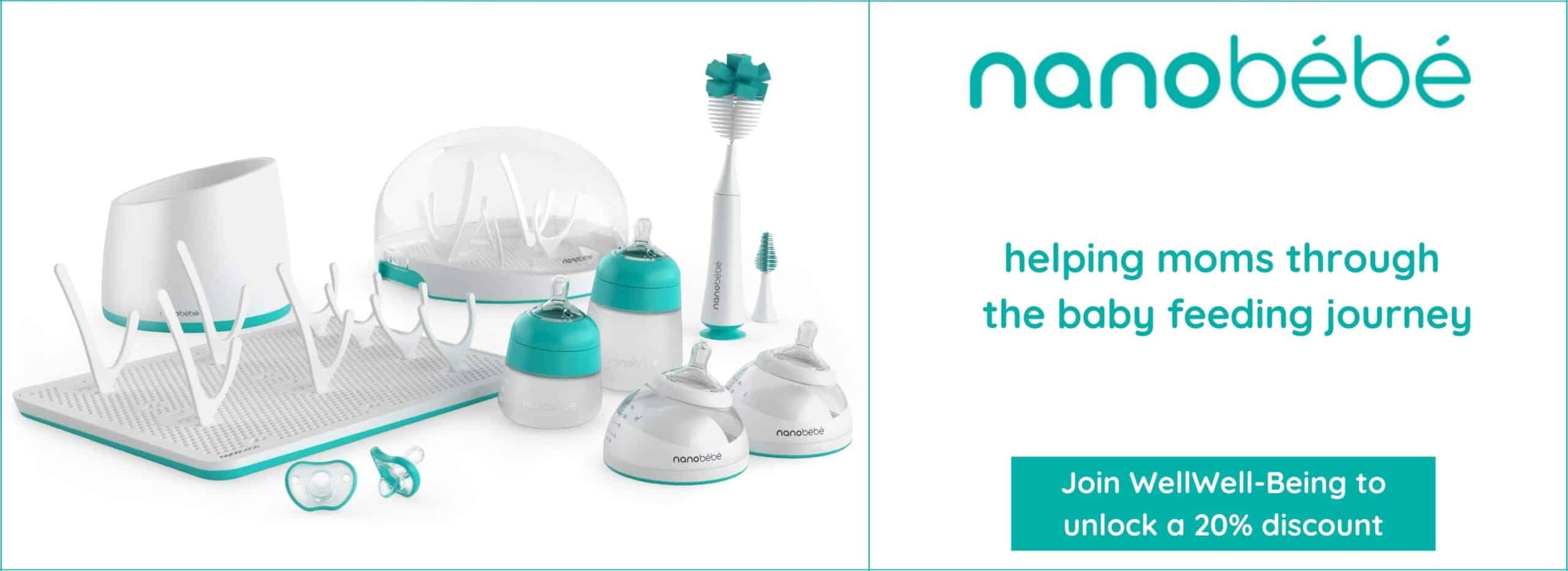By John Salak –
The baby formula shortage that plagued families through much of 2022 and part of 2023 did more than create stress and anxiety for parents desperate to find appropriate nourishment for their young children. It also led to a surge in potentially harmful feeding habits, according to researchers from the University of California, Davis.
A related survey found that nearly half of the parents who use formula turned in desperation to possibly harmful feeding alternatives. This represents more than a 500 percent jump from the eight percent of parents who used potentially unsafe practices before the shortage took hold. These methods included watering down formula, using expired or homemade formula and informally sharing human milk.
The research team noted that parents who gave their infants human milk increased from five percent to 26 percent, while those watering down formula increased from two percent to 29 percent during this time.
“These are alarming statistics. The infant formula shortage increased food insecurity and threatened the nutrition of millions of American infants,” said lead author Jennifer Smilowitz, a faculty affiliate at the university. “Our survey found that parents were not offered many safe alternatives and resorted to unsafe methods in an attempt to feed their infants.”
The potentially unsafe practices could result in health issues for infants that may not surface for years, Smilowitz also warned.
The UC-Davis study also worked to quantify what parents experienced during the shortage and how to possibly avoid similar problems going forward.
The crisis came to a head in mid-2022 when 20 percent of all formulas, including more than 30 percent of powdered formulas, disappeared from retail outlets. The shortage was triggered by a formula recall by Abbott Nutrition, the largest U.S. manufacturer, which then voluntarily shut down its Michigan manufacturing plant.
The problem was only acerbated when U.S. trade policies made it difficult to import formula to make up the domestic shortfall. By the end of May 2022, some states were recording formula out-of-stock rates as high as 90 percent.
“Ninety percent of the infant formula sold in the U.S. is sold by four companies,” Smilowitz explained. “This has resulted in systemic failures that inequitably impact low-income communities.”
Some parents turned to pasteurized human donor milk from milk banks, an alternative and safe method, the survey discovered. But that option is costly and limited by the small number of milk banks in the U.S.
The crisis hit lower-income families disproportionally hard, which underscored the need for changes within the regulatory and healthcare systems, Smilowitz said. These families require clinical prenatal and postnatal lactation support, access to banked donor milk and access to more commercially available products. Workplace policies also need to change to support breastfeeding women, including providing adequate family leave and workplace policies that support the privacy and time needed for pumping.
“We should not forget what happened during this formula shortage,” Smilowitz said. “Another crisis is looming if healthcare, workplace and regulatory policies in the U.S. do not systemically change.”













